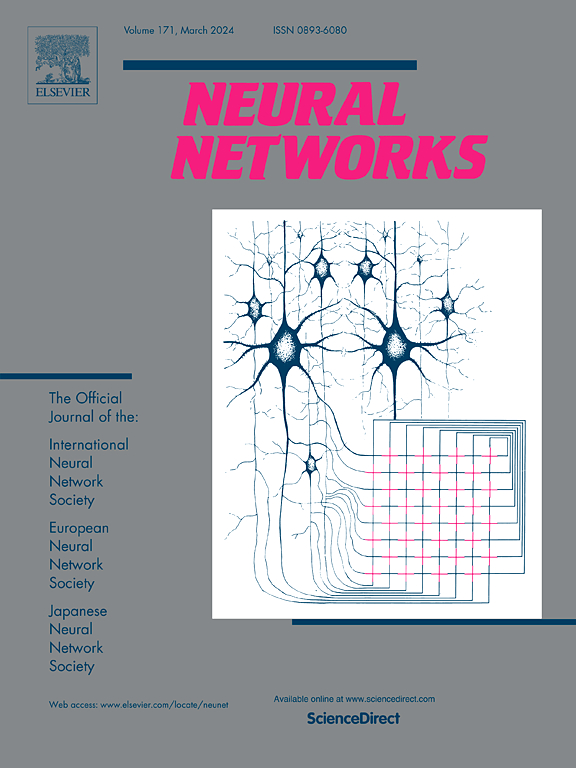Enhancing Open-Set Domain Adaptation through Optimal Transport and Adversarial Learning
IF 6
1区 计算机科学
Q1 COMPUTER SCIENCE, ARTIFICIAL INTELLIGENCE
引用次数: 0
Abstract
Open-Set Domain Adaptation (OSDA) is designed to facilitate the transfer of knowledge from a source domain to a target domain, where the class space of the source is a subset of the target. The primary challenge in OSDA is the identification of shared samples in the target domain to achieve domain alignment while effectively segregating private samples in the target domain. In attempts to address this challenge, numerous existing methods leverage weighted classifiers to mitigate the negative transfer issue induced by private classes in the target domain and recognize all these samples as a whole unknown class. However, this strategy may result in inadequate acquisition of discriminative information within the target domain and an unclear decision boundaries. To overcome these limitations, we propose a novel framework termed Optimal Transport and Adversarial Learning (OTAL). Our approach innovatively introduces Optimal Transport (OT) with a similarity matrix for feature-to-prototype mapping in clustering, enabling the model to learn discriminative information and capturing the intrinsic structure of the target domain. Furthermore, we introduce a three-way domain discriminator to aid in the construction of decision boundary between known and unknown classes, while simultaneously aligning the distribution of known samples. Experimental results on three image classification datasets (Office-31, Office-Home and VisDA-2017) demonstrate the superior performance of OTAL when compared to existing state-of-the-art methods.
通过优化传输和对抗学习增强开放集域适应性
开放集域适应(OSDA)旨在促进知识从源域向目标域的转移,其中源域的类空间是目标域的子集。OSDA 面临的主要挑战是识别目标域中的共享样本,以实现域对齐,同时有效隔离目标域中的私有样本。为了应对这一挑战,现有的许多方法都利用加权分类器来减轻目标领域中私有类引起的负迁移问题,并将所有这些样本识别为一个整体的未知类。然而,这种策略可能会导致目标领域内的判别信息获取不足,决策边界不清晰。为了克服这些局限性,我们提出了一种称为最优传输和对抗学习(Optimal Transport and Adversarial Learning,OTAL)的新型框架。我们的方法创新性地引入了最优传输(OT)和相似性矩阵,用于聚类中特征到原型的映射,从而使模型能够学习判别信息并捕捉目标领域的内在结构。此外,我们还引入了一个三向领域判别器,以帮助构建已知类别和未知类别之间的决策边界,同时调整已知样本的分布。在三个图像分类数据集(Office-31、Office-Home 和 VisDA-2017)上的实验结果表明,与现有的最先进方法相比,OTAL 的性能更加优越。
本文章由计算机程序翻译,如有差异,请以英文原文为准。
求助全文
约1分钟内获得全文
求助全文
来源期刊

Neural Networks
工程技术-计算机:人工智能
CiteScore
13.90
自引率
7.70%
发文量
425
审稿时长
67 days
期刊介绍:
Neural Networks is a platform that aims to foster an international community of scholars and practitioners interested in neural networks, deep learning, and other approaches to artificial intelligence and machine learning. Our journal invites submissions covering various aspects of neural networks research, from computational neuroscience and cognitive modeling to mathematical analyses and engineering applications. By providing a forum for interdisciplinary discussions between biology and technology, we aim to encourage the development of biologically-inspired artificial intelligence.
 求助内容:
求助内容: 应助结果提醒方式:
应助结果提醒方式:


